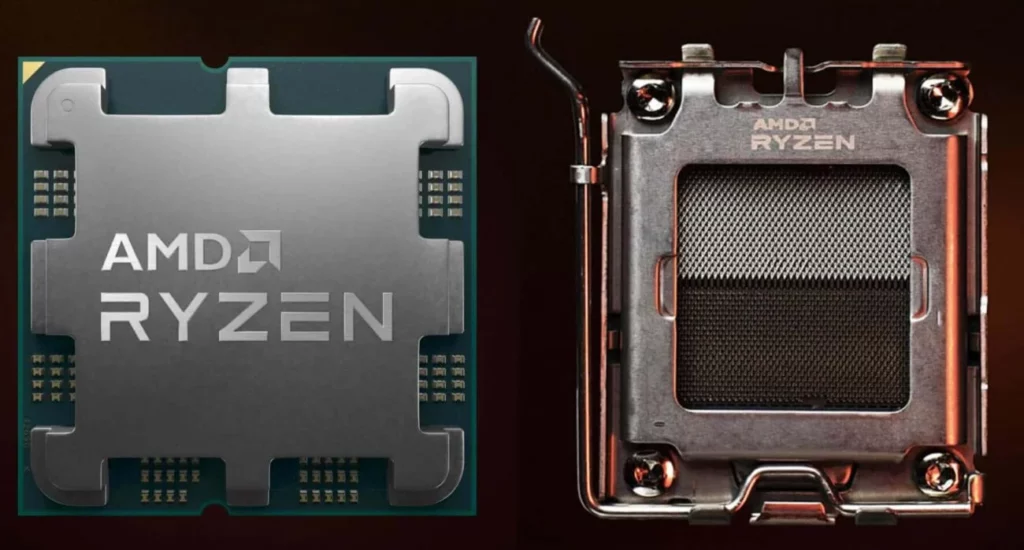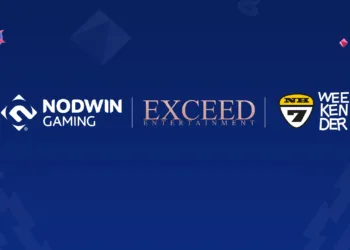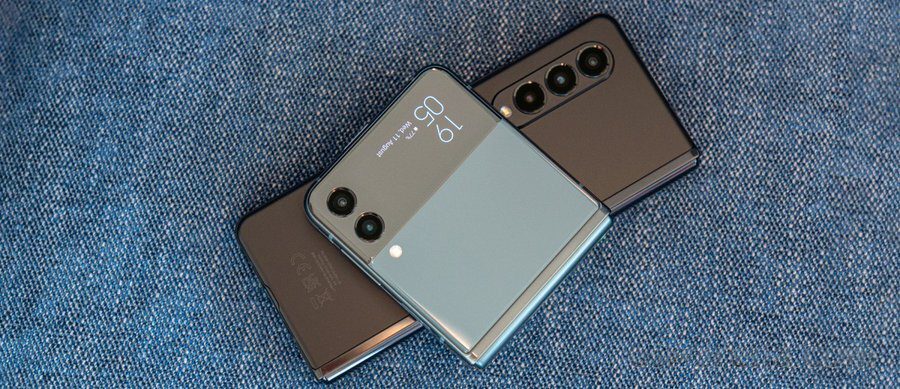Although AMD’s Ryzen 7000 processors significantly improve upon the previous-generation models, they are significantly more expensive than Raptor Lake, giving Intel the performance and value crown in every price range. This situation is made worse by the fact that AMD’s new AM5 platform, which includes the X670 and B650 motherboards, is hampered by expensive price as a result of the company’s design choices and TDP.
Raptor Lake supports two types of memory, giving Intel consumers a less expensive value alternative while AMD skipped support for DDR4 memory in favour of spending all of its money on pricier DDR5 memory. These factors collectively place Intel at the top of our ranking of the best CPUs for gaming in almost every category.
The previous-generation Ryzen 7 5800X3D has been marked down to record low prices and provides quicker gaming performance than the new Ryzen 7000 CPUs, indicating that AMD’s own previous-generation AM4 motherboard ecosystem is also proving to be a disadvantage. Because of this, Ryzen customers may easily and cheaply upgrade their AM4 systems, which date as far back as 2017, by just dropping this chip into them. Sales of the 5800X3D have increased as a result, delaying the enthusiast community’s widespread switch to the AM5 socket.
However, AMD hasn’t changed prices in response to a less expensive competition that offers superior performance, despite the fact that both enthusiasts and casual users have noted that the chip and platform pricing for Ryzen 7000 is excessively high. That’s unusual; over the past several years, we’ve become accustomed to one chipmaker dominating performance while the other lowers prices to entice bargain hunters.
Since 2017, AMD’s AM4 socket has supported five CPU generations, 125+ processors, and more than 500 different motherboard designs. However, AMD is now moving forward with the AM5 socket for Ryzen 7000. The cost of the overall platform has increased because to the AM5 motherboard ecosystem’s higher price compared to AM4 versions and comparable Intel motherboards. A large portion of this cost rise can be ascribed to design choices.

AMD has switched to a motherboard chipset based on chiplets, therefore certain versions come with two ‘Promontory 21’ chipsets daisy-chained together for the X670 / X670E motherboards, while the B650 only receives a single chipset.
The new AM5 socket from AMD is the first company’s major PC platform to feature a Land Grid Array (LGA) design. While initially more expensive than Intel’s, the AM5 socket and retainer are anticipated to become less expensive as volume increases.
The new architecture is largely to blame for the rising cost of AMD’s power supply subsystem. As we showed in the power analysis portion of our study, Ryzen 7000’s performance improvements are mostly attributable to dramatically improved power delivery, which helps to open up new performance horizons. AMD upped peak power from the previous-gen Ryzen 5000’s 142W limit to 230W, setting a new high for Ryzen and defining a new 170W TDP range. AMD boosted the EDC and TDC amperage as well.
Despite recent price improvements, DDR5 is still much more expensive than DDR4. Intel anticipates that DDR4 and DDR5 will coexist until 2024. DDR4 is slower than DDR5 in particular workloads, and vice versa. This is significant because you can choose to utilise a cheap DDR4 kit and a motherboard that supports DDR4 in order to save an additional $20 to $30 on your Intel build in addition to the savings from purchasing a DDR4 kit.
Also Read:








